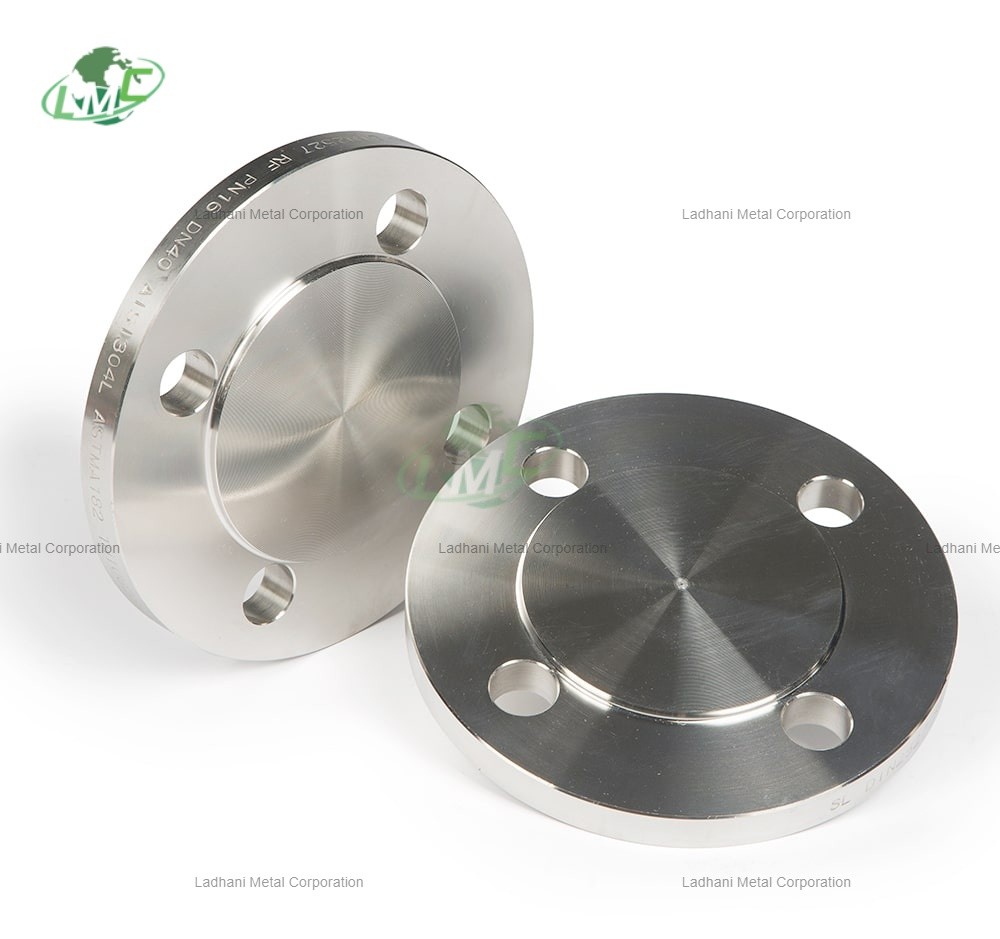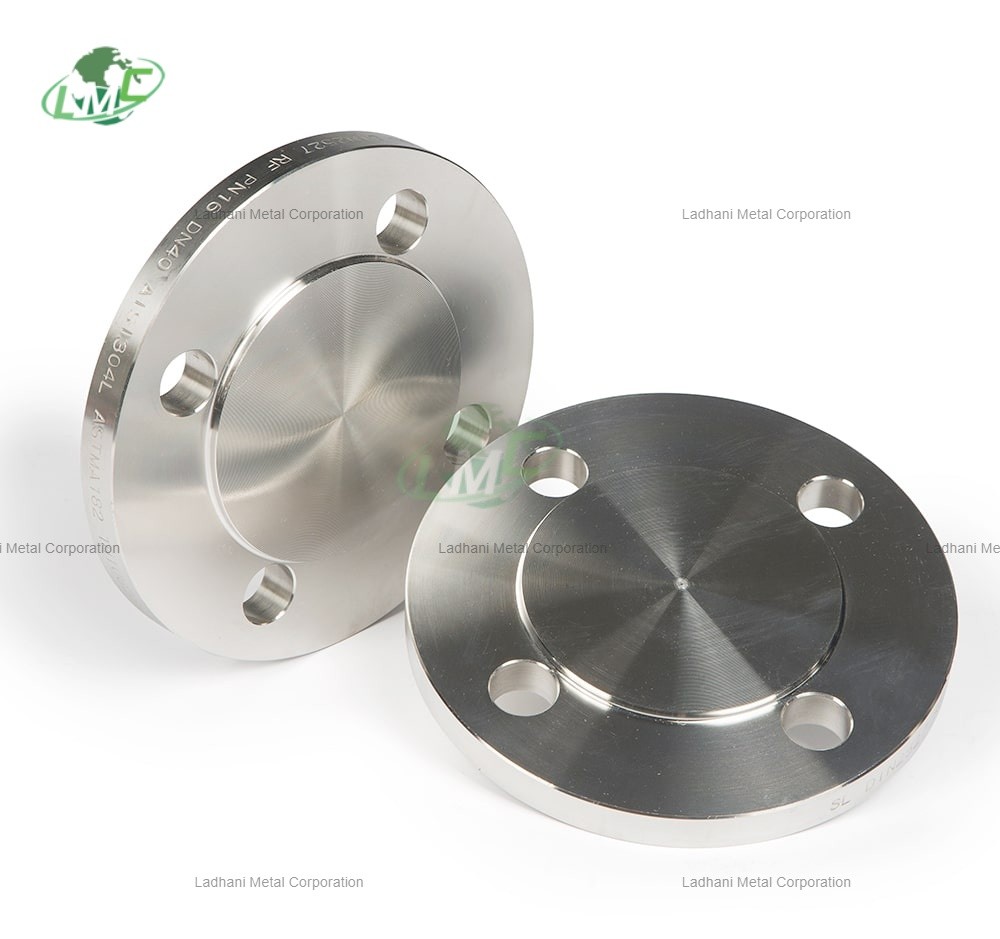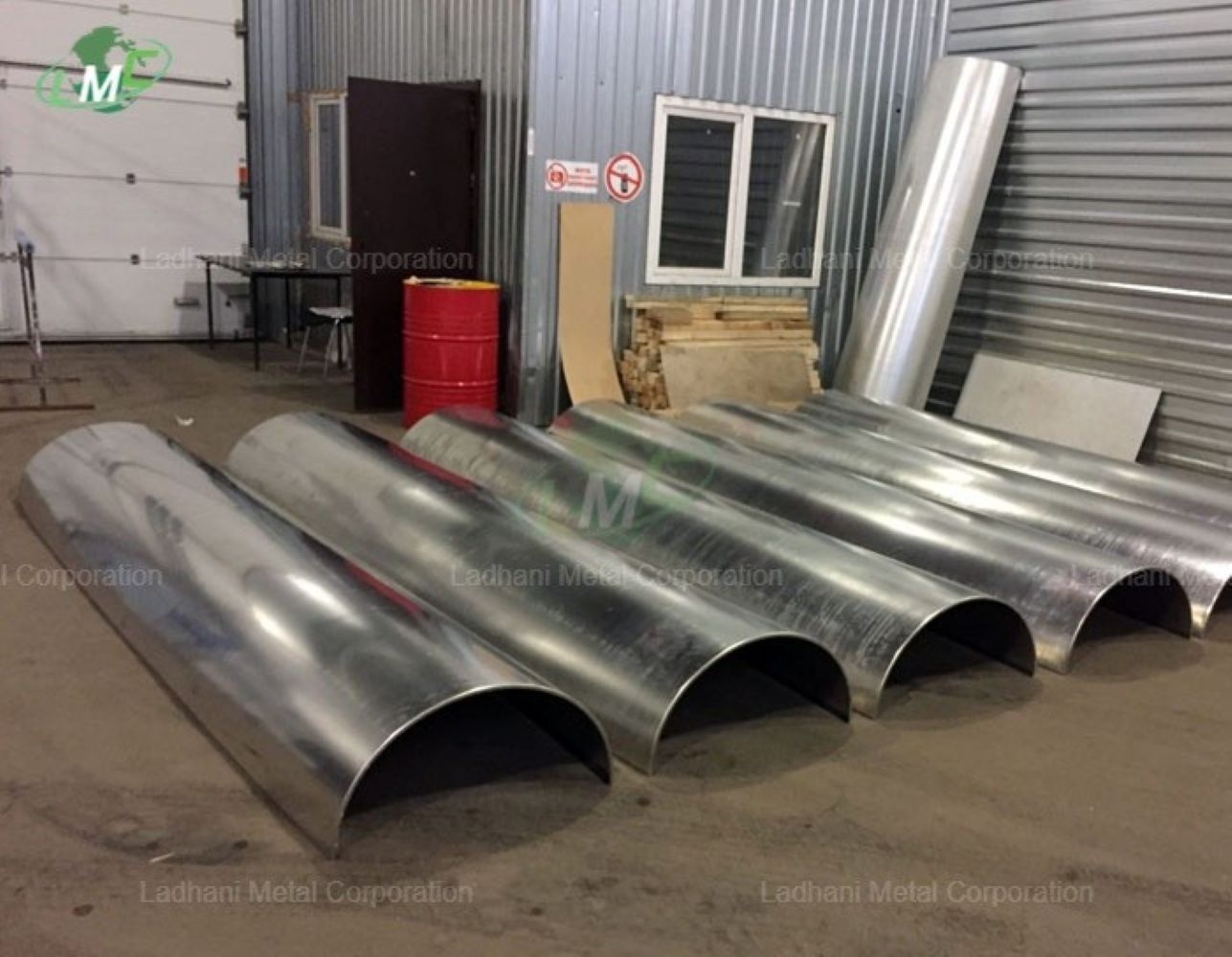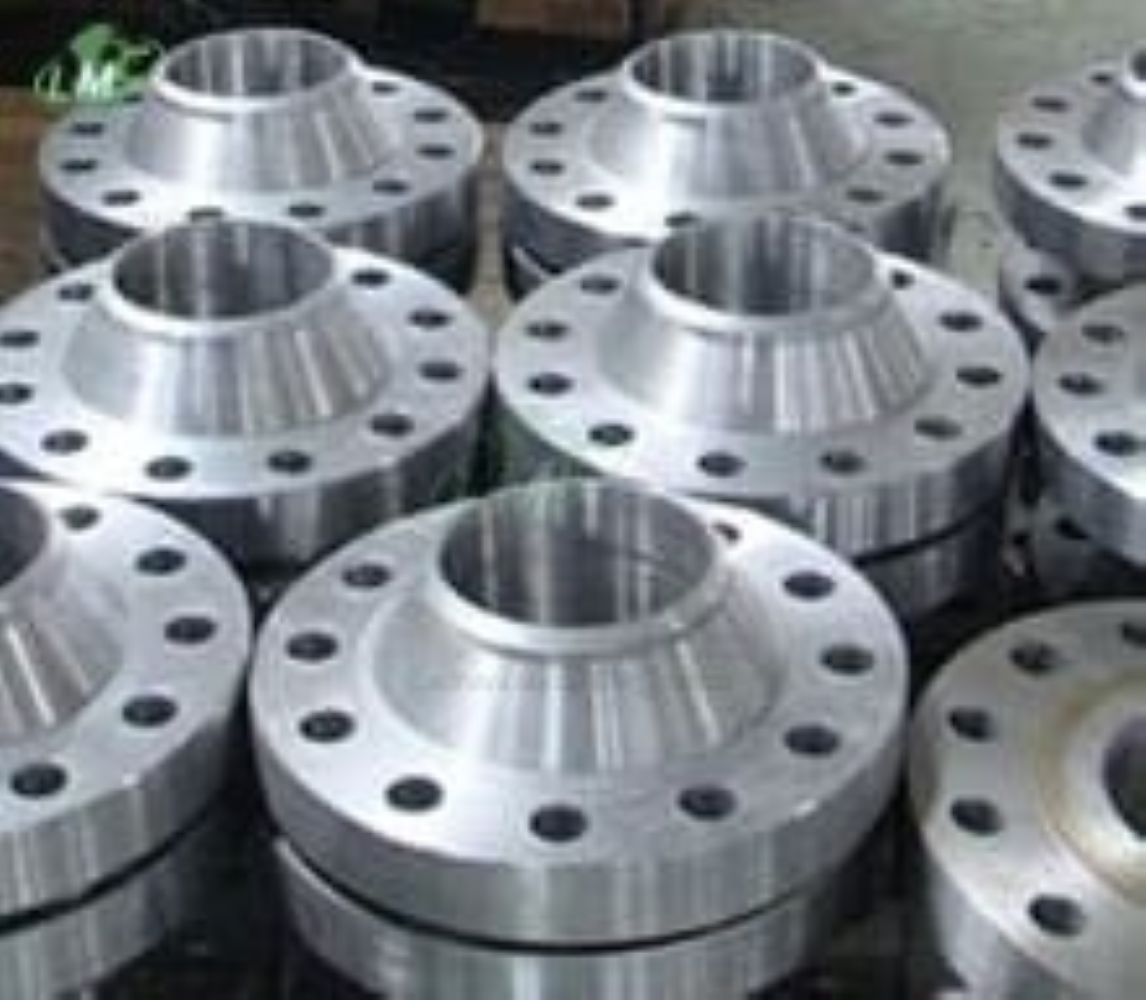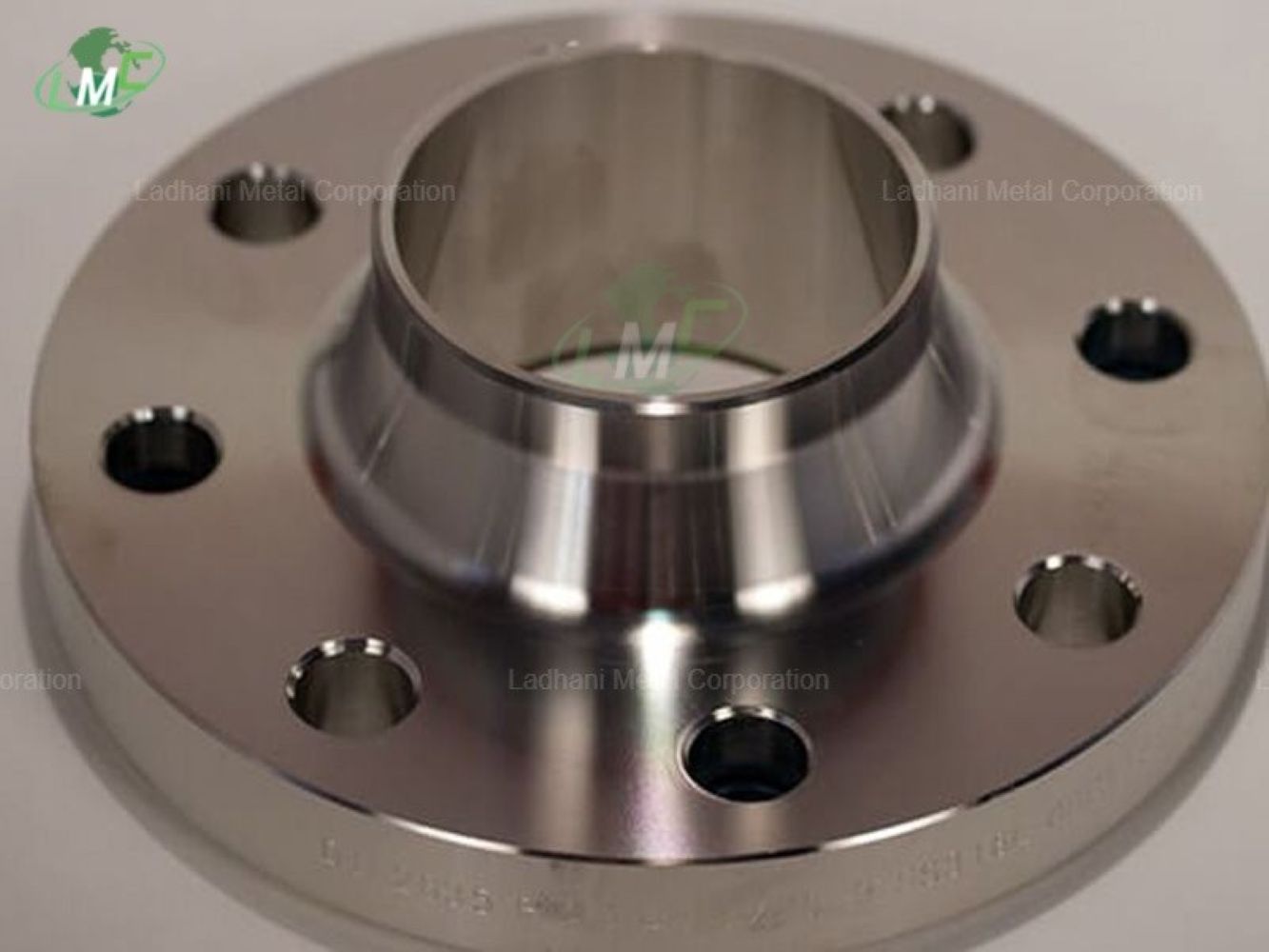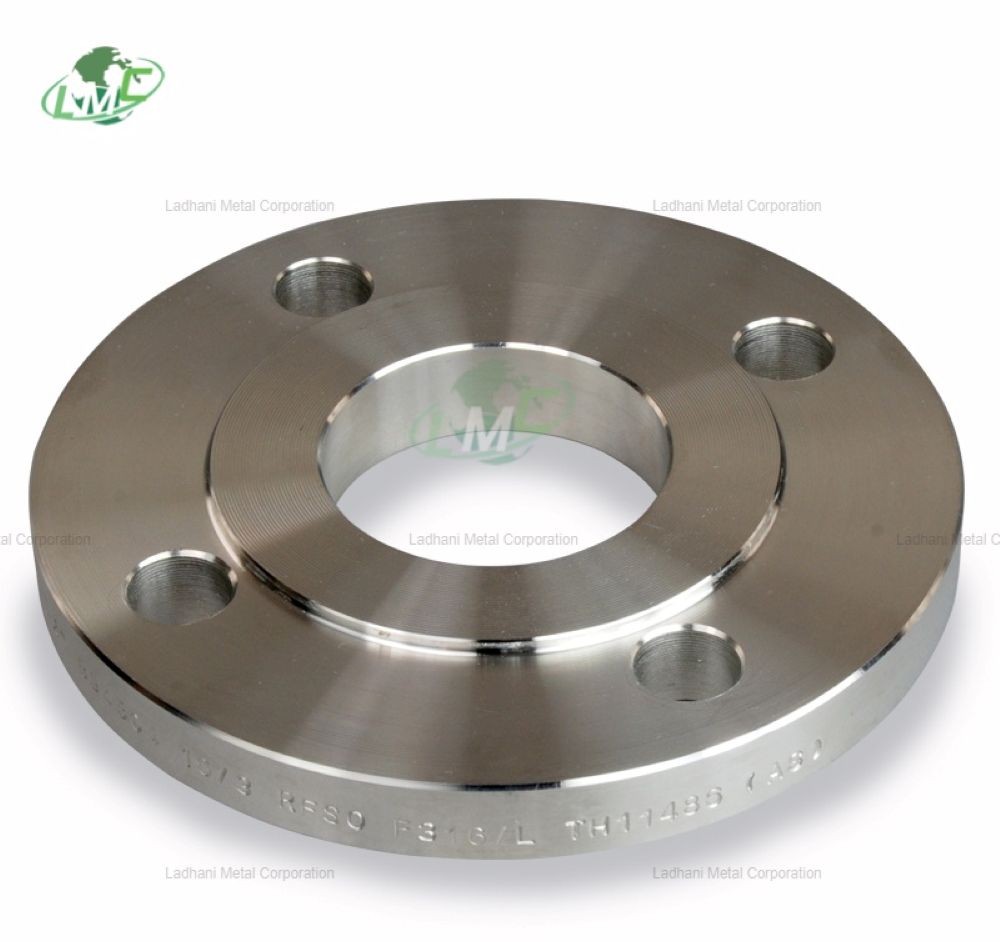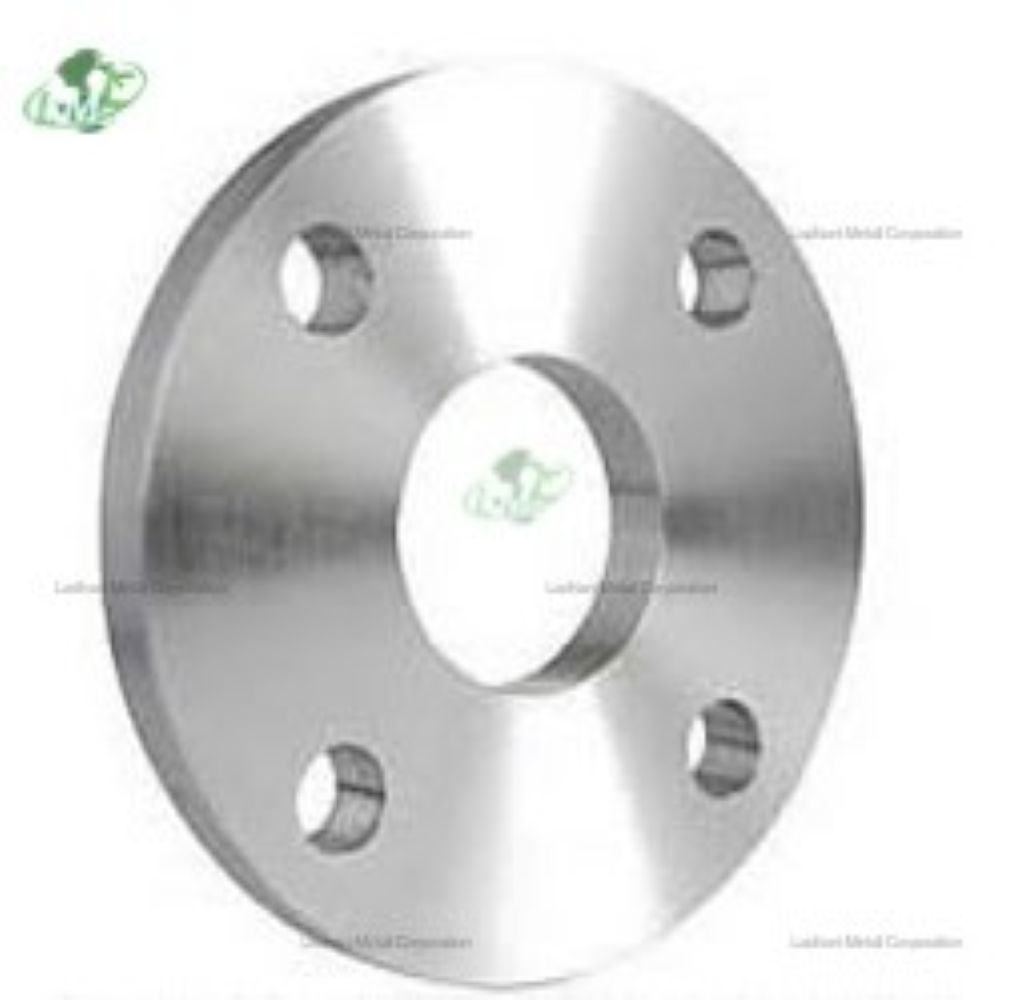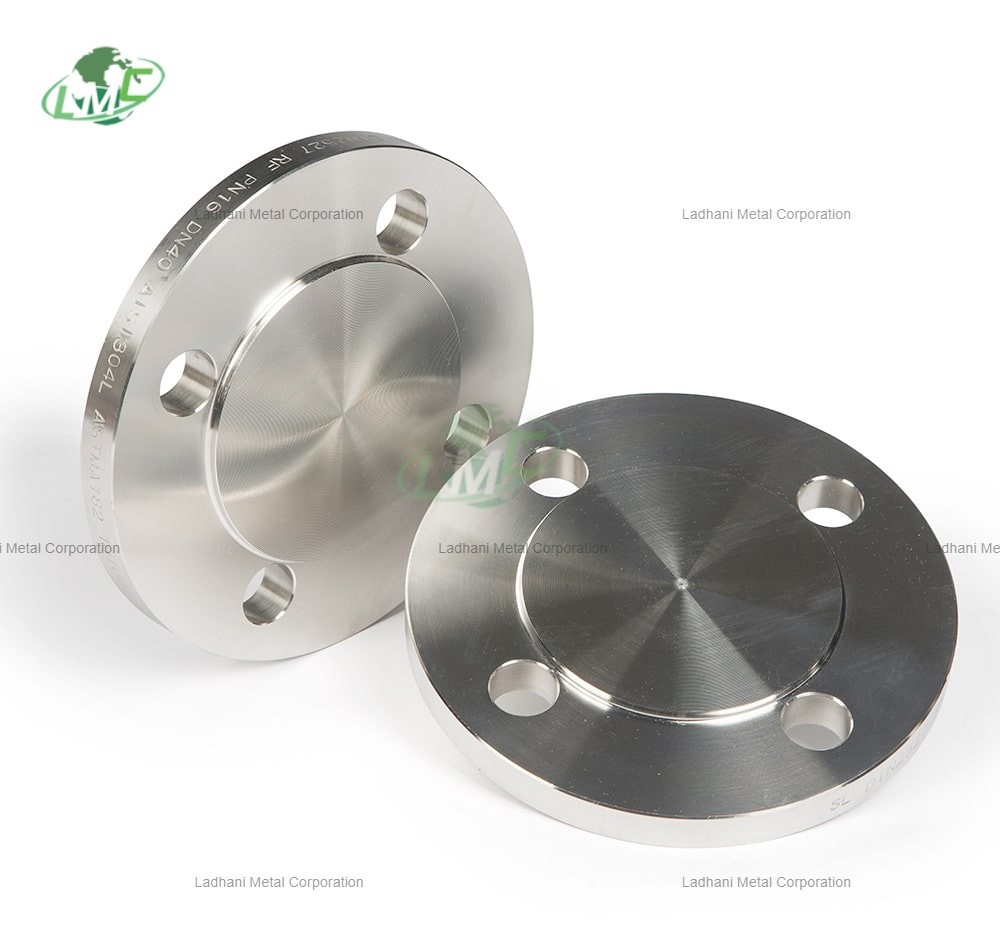DIN 2527 SS 321 Blind Flanges are specialized components used in industrial piping systems to close off the ends of pipes or equipment where no further connection is necessary. A blind flange is a solid, flat disc without a central bore, specifically designed to seal the open end of a pipe or a vessel. The DIN 2527 standard, developed by the German Institute for Standardization, defines the specifications for these flanges, ensuring that they meet high standards for dimensional accuracy, pressure tolerance, and mechanical strength. The SS 321 material, used for the production of these blind flanges, is an austenitic stainless steel known for its excellent resistance to high-temperature oxidation, corrosion, and scaling. The addition of titanium to this steel stabilizes its structure, making it suitable for environments where temperatures fluctuate or are consistently high. As a result, SS 321 blind flanges are frequently used in industries where both strength and resistance to harsh environmental conditions are paramount, including the chemical, petrochemical, aerospace, and power generation industries. By utilizing DIN 2527 SS 321 Blind Flanges, companies can ensure secure, long-lasting, and efficient closures for piping systems under challenging operational conditions. These flanges are essential in maintaining the integrity of systems exposed to elevated pressures and corrosive substances, ensuring the safe containment of fluids and gases. key Features of DIN 2527 SS 321 Blind Flanges: Material Composition of SS 321: Carbon (C): ≤ 0.08% Chromium (Cr): 17.0 - 19.0% Nickel (Ni): 9.0 - 12.0% Titanium (Ti): 5 times the carbon content, generally around 0.60% minimum, to prevent carbide precipitation. Manganese (Mn): 2.00% max Silicon (Si): 1.00% max Phosphorus (P): 0.045% max Sulfur (S): 0.030% max Pressure and Temperature Resistance: Operating Temperature: SS 321 can perform well in high-temperature environments, up to 900°C (1650°F) intermittently and up to around 700°C (1292°F) for continuous service. Design and Dimensions of DIN 2527 Blind Flanges: Pressure Ratings: The design of a DIN 2527 blind flange is primarily based on pressure class ratings (such as PN6, PN10, PN16, etc.), which denote the maximum pressure the flange can safely withstand. Bolt Holes: The number and size of bolt holes for DIN 2527 blind flanges are specified according to the flange's pressure class and size. The bolt pattern is designed to ensure a tight seal and accommodate appropriate bolt sizes for a given pressure class. Thickness: The thickness of a blind flange can vary depending on the pressure rating and size, with thicker flanges being required for higher pressure applications. Nominal Diameter: Blind flanges are available in various nominal pipe diameters (DN) ranging from DN10 (1/2 inch) up to DN600 (24 inches) or more. Types of DIN 2527 SS 321 Blind Flanges: Standard Blind Flange (Type A): A solid, circular flange used to seal the end of a pipe or vessel. Common for general applications. Flat-Faced Blind Flange: Has a flat sealing surface, ideal for low-pressure systems and tight sealing. Raised Face Blind Flange: Features a raised surface around the center for better sealing in higher pressure systems. Ring-Type Joint (RTJ) Blind Flange: Has a groove for an RTJ gasket, designed for high-pressure applications, often used in the oil and gas industry. Long Weld Neck Blind Flange: Has an extended neck for welding, providing additional strength and used in high-pressure or stressed systems.
Send Message
